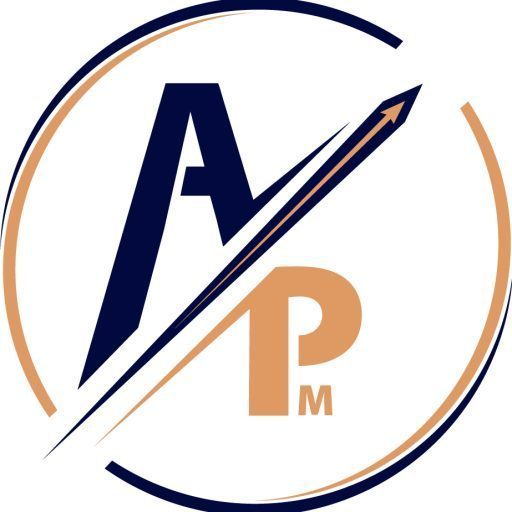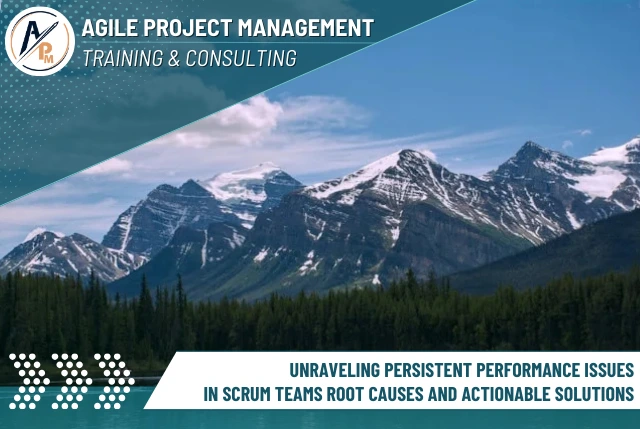✨ 10 Effective Retrospective Techniques for Better Team Performance ✨

⭐ Start, Stop, Continue: Participants identify what they should start, stop, and continue doing in their work or process.
⭐ Glad, Sad, Mad: Participants identify what they are happy about, what they are sad about, and what they are angry about in their work or process.
⭐ 4 L’s (Liked, Learned, Lacked, Longed For): Participants identify what they liked, learned, lacked, and longed for in their work or process.
⭐ Sailboat: Participants visualize their work or process as a sailboat, identifying what is helping them move forward (wind), what is holding them back (anchor), what might propel them forward (new wind), and what could be a risk (rock).
⭐ What Went Well, What Didn’t Go Well, What We Can Improve: Participants reflect on what went well, what didn’t go well, and what they can improve in their work or process.
⭐ Plus/Delta: Participants identify what they liked (plus) and what they would like to change (delta) in their work or process.
⭐ The 5 Whys: Participants identify the root cause of a problem by asking “why” five times.
⭐ Lean Coffee: Participants discuss and prioritize topics related to their work or process using a structured, time-boxed format.
⭐ 360-Degree Feedback: Participants provide feedback to each other, giving a well-rounded view of their work or process.
⭐ Speed Boat: Participants identify what is driving them forward (speed), what is holding them back (anchor), what could sink them (rock), and what they need to do to avoid it (oar).
These are just a few examples of effective retrospective techniques, and there are some other techniques available to explore based on your team’s unique needs and preferences.
Share on


